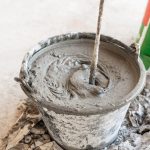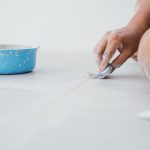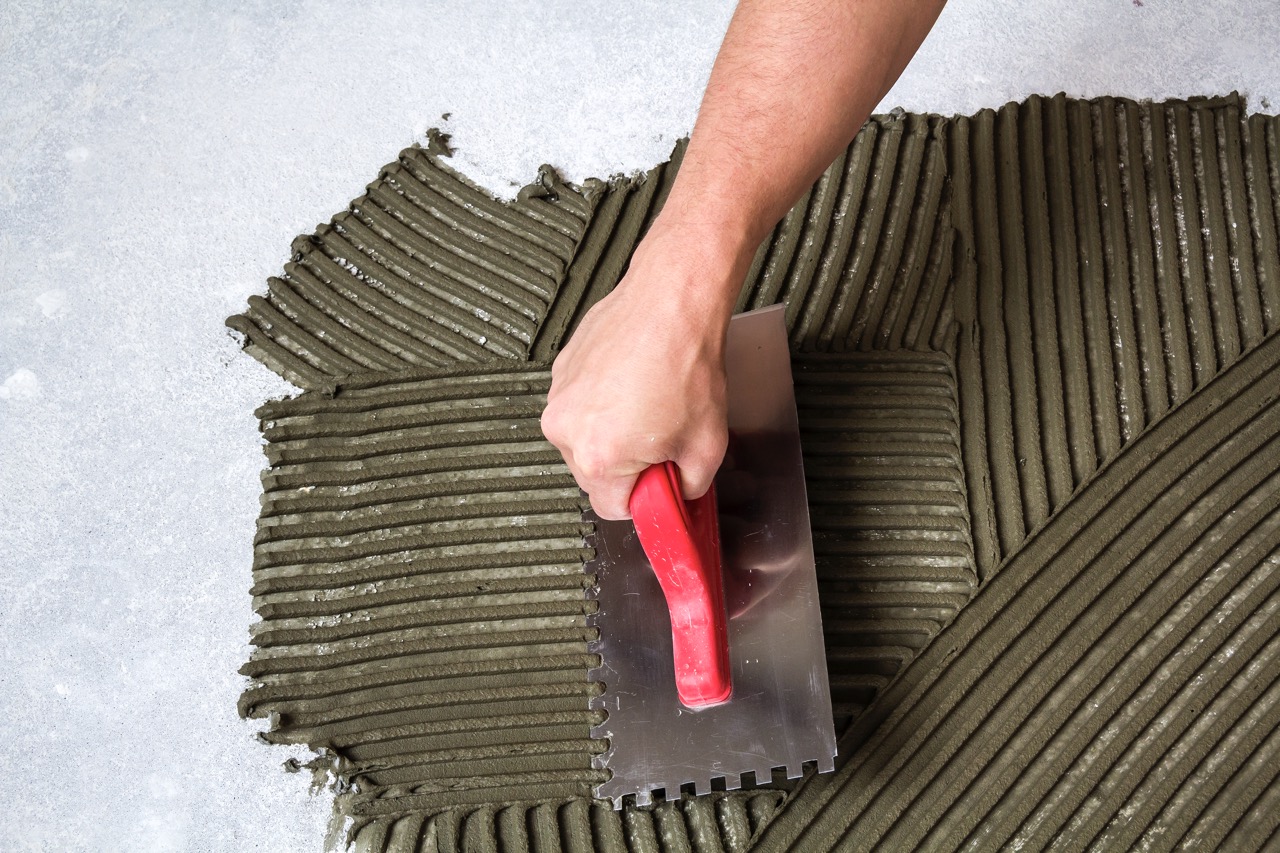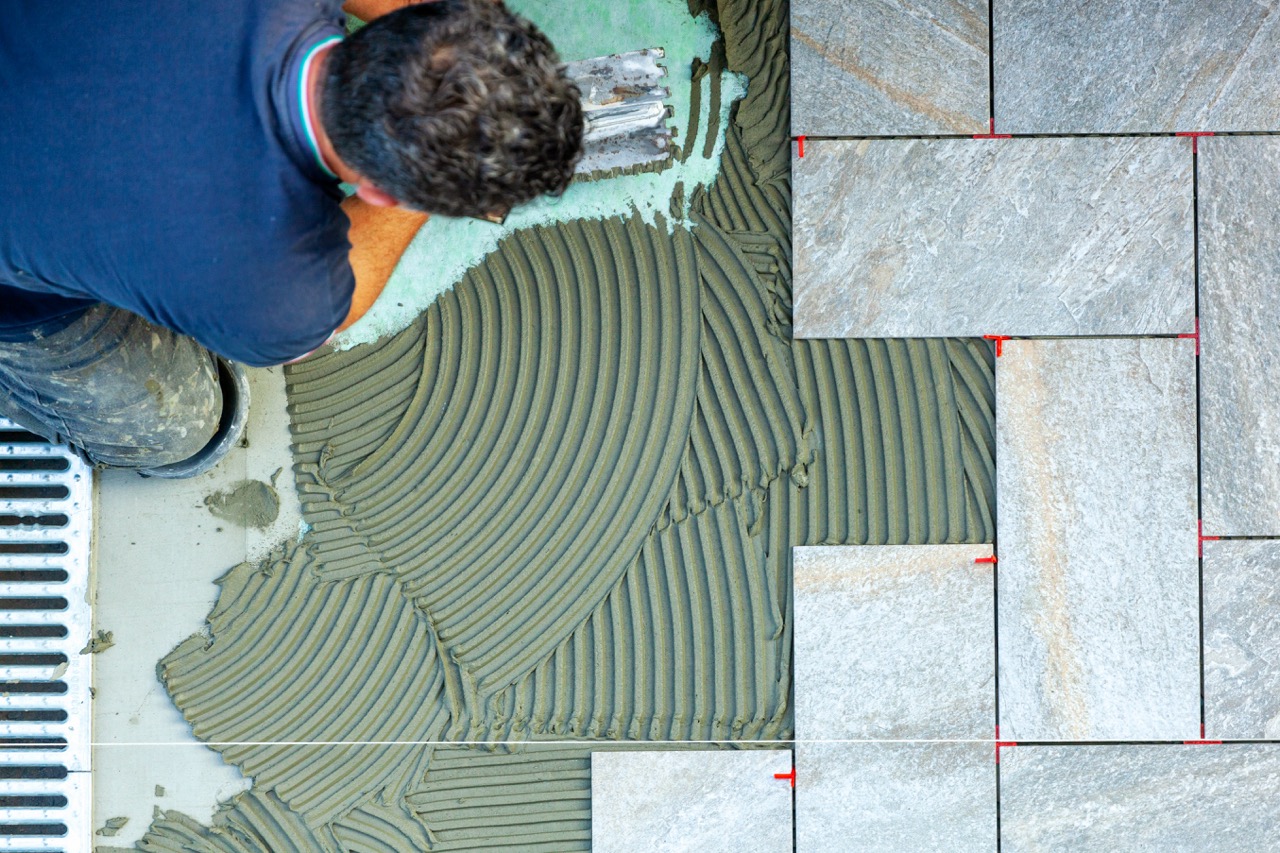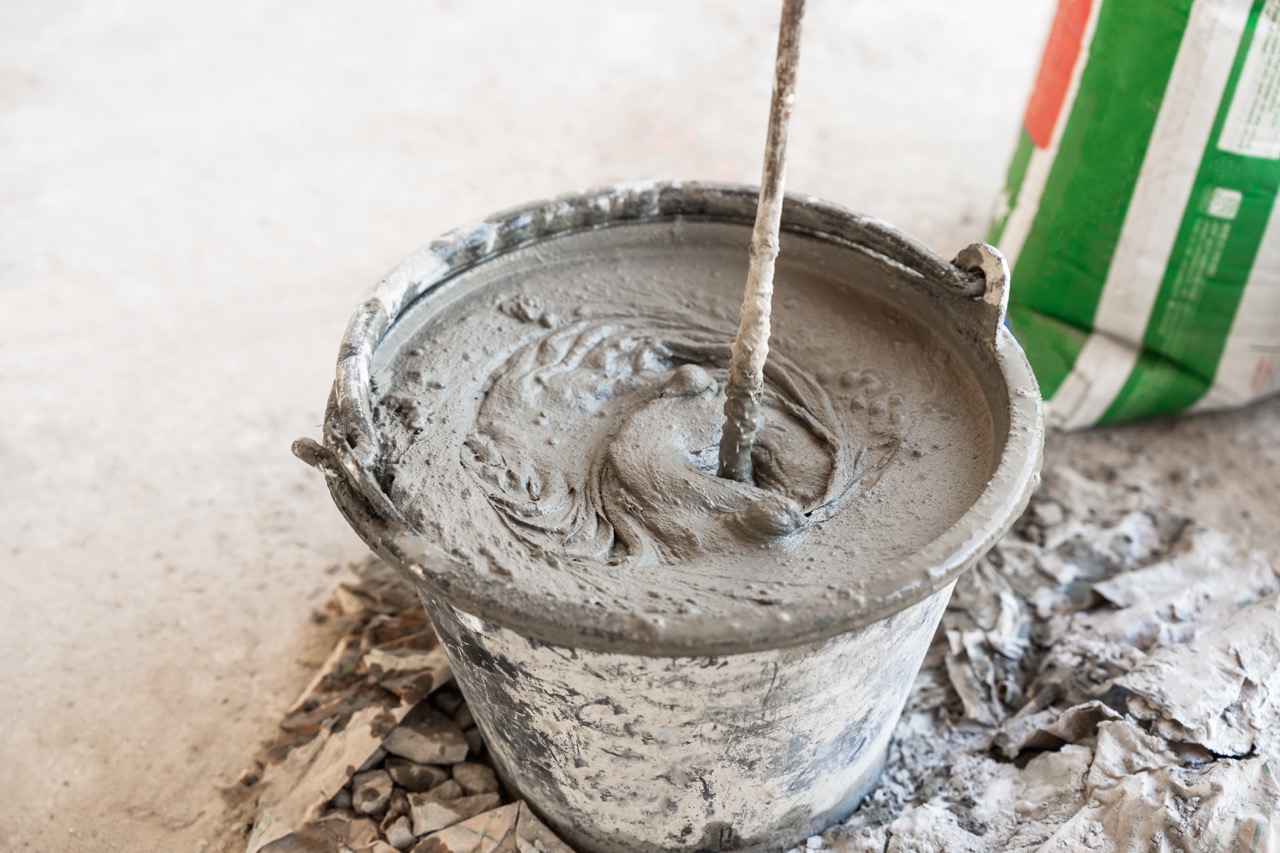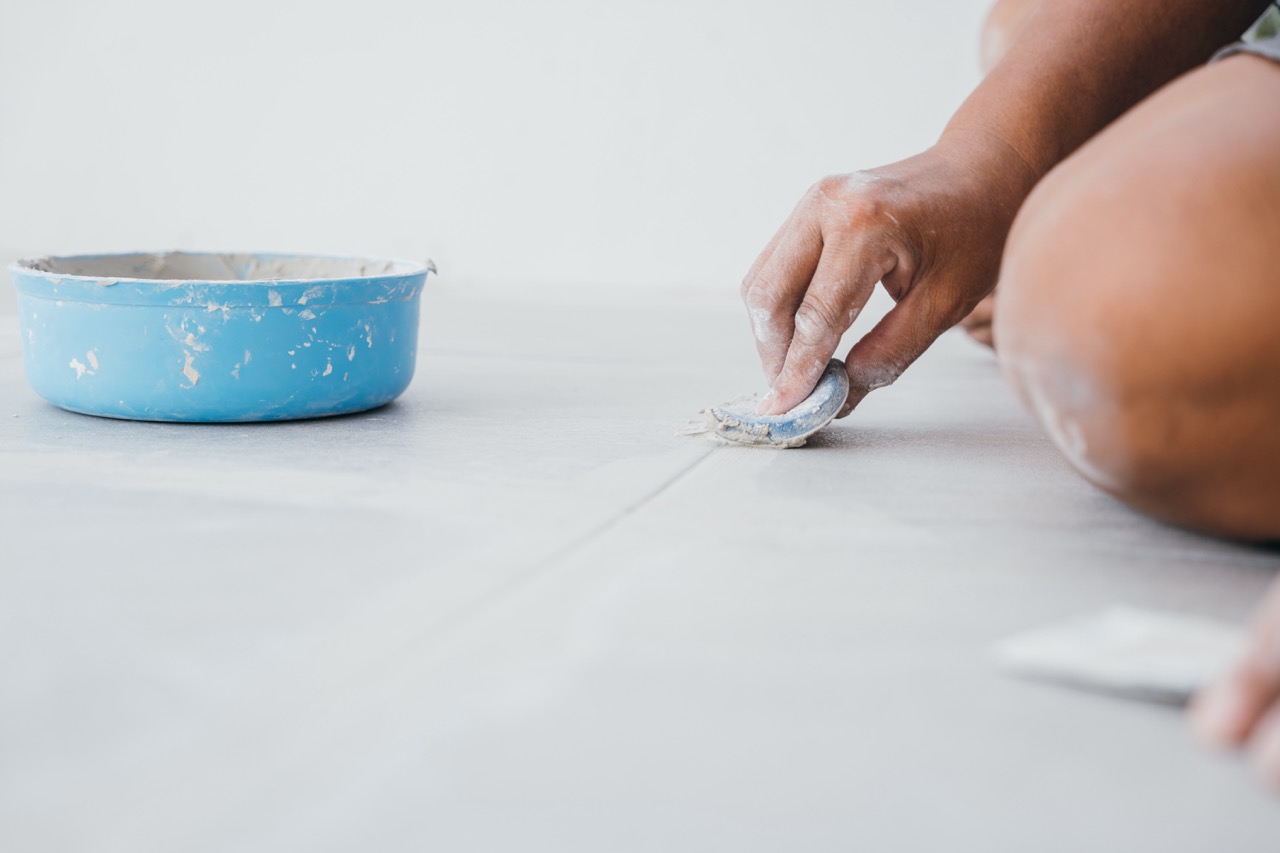Refreshing old, stained grout doesn’t always require a full re-grouting job. For many homeowners, grout pens are a quick and affordable way to brighten up tiled areas without the mess and cost of replacing the grout itself. But one common concern people have is whether grout pens actually change the texture of grout, or if they simply improve the color. Understanding how these tools work can help you decide if they’re the right fit for your bathroom, kitchen, or tiled entryway.
Understanding What Grout Pens Actually Do to Surfaces
Grout pens are essentially color-restoring markers filled with water-based, often anti-mold formulas. When applied, the ink coats the surface of the existing grout, creating a fresh, uniform appearance. Unlike actual grout or sealants, the pen doesn’t fill in cracks or gaps—it only sits on the top layer, working as a surface refresher rather than a repair product.
Because they act like paint markers rather than construction materials, grout pens don’t fundamentally alter the structure of the grout. The texture underneath stays the same, whether it’s slightly rough from years of wear or smoother from initial installation. In that sense, grout pens are a cosmetic improvement rather than a functional transformation.
That said, some slight changes can be noticeable depending on how thickly the pen ink is applied. A heavy application can leave a thin coating that may feel smoother to the touch compared to unpainted grout. However, this difference is usually subtle and unlikely to be visible under normal conditions. For most homeowners, the effect is purely aesthetic—refreshed color without significant texture change.
Comparing Grout Pen Finish Versus Original Grout Texture
When comparing grout pen finishes to original grout, it’s helpful to remember that grout itself has a porous, often chalky surface. This porous nature lets the pen ink absorb slightly into the grout while leaving a thin coating on the top. As a result, the finish might appear more uniform and slightly less “gritty” in areas where discoloration or pitting was noticeable.
Original grout can vary in feel depending on the type used—sanded grout has a coarser texture, while unsanded grout is naturally smoother. Grout pens won’t level out these characteristics completely. They simply color over them, highlighting the natural finish rather than disguising it.
In short, grout pens won’t dramatically alter the tactile feel of your grout lines. If you run your hand across the tiles and grout, you’ll still feel the same dips, grooves, or slight unevenness that existed before. What changes most is the perception—lines look brighter and cleaner, and that visual uniformity can make the surface seem smoother than it truly is.
Tips for Applying Grout Pens Smoothly and Evenly
For the best results, preparation is key. Clean the grout lines thoroughly to remove soap scum, dirt, and mildew before applying a pen. This prevents the ink from clumping or skipping, which can make lines look streaky. A scrub brush and mild cleaner are often sufficient, though tougher stains may require a stronger solution or a grout-specific cleaner.
When applying the grout pen, use slow, steady strokes. Many pens have reversible or chisel tips to help cover varying grout widths. If you press too hard, the nib can wear down quickly or release too much ink in one spot, which may leave a raised look. Light, even pressure allows for a smooth coating without creating blotchy or uneven areas.
For wide grout lines, it may help to go over each line in multiple thin layers instead of one heavy pass. This prevents buildup and keeps the finish looking natural. If mistakes happen, simply wipe the ink away with a damp cloth before it dries, then reapply carefully.
How to Keep Grout Pen Lines Looking Fresh Long-Term
Grout pens are durable, but they won’t last forever—especially in high-moisture areas like showers. Over time, cleaning, scrubbing, and daily wear can cause fading. To extend the life of the finish, avoid overly harsh cleaning products and abrasive scrubbers on grout lines. A gentle tile cleaner and soft sponge usually do the trick.
Another smart step is to reseal your grout pen work periodically. While many pens contain built-in sealants, applying a separate grout sealer can protect the surface against water absorption and staining. This is especially valuable in kitchens and bathrooms, where spills and moisture are constant.
Finally, touch-ups are easy with grout pens, which is one of their biggest advantages. Keep an extra pen on hand so you can quickly refresh any sections that wear down. With minimal effort, you can maintain bright, clean-looking grout lines for months or even years, depending on the area’s traffic and maintenance routine.
Grout pens don’t fundamentally change the texture of your grout—they work as a cosmetic refresh, brightening dull lines without altering their natural feel. While a very slight smoothing effect may occur, it’s generally minimal and unnoticeable. The true benefit lies in how quickly and affordably grout pens can make tiled spaces look new again. With proper prep, careful application, and light maintenance, this simple DIY tool can save you time, money, and the hassle of regrouting, all while keeping your home looking polished and well cared for.

